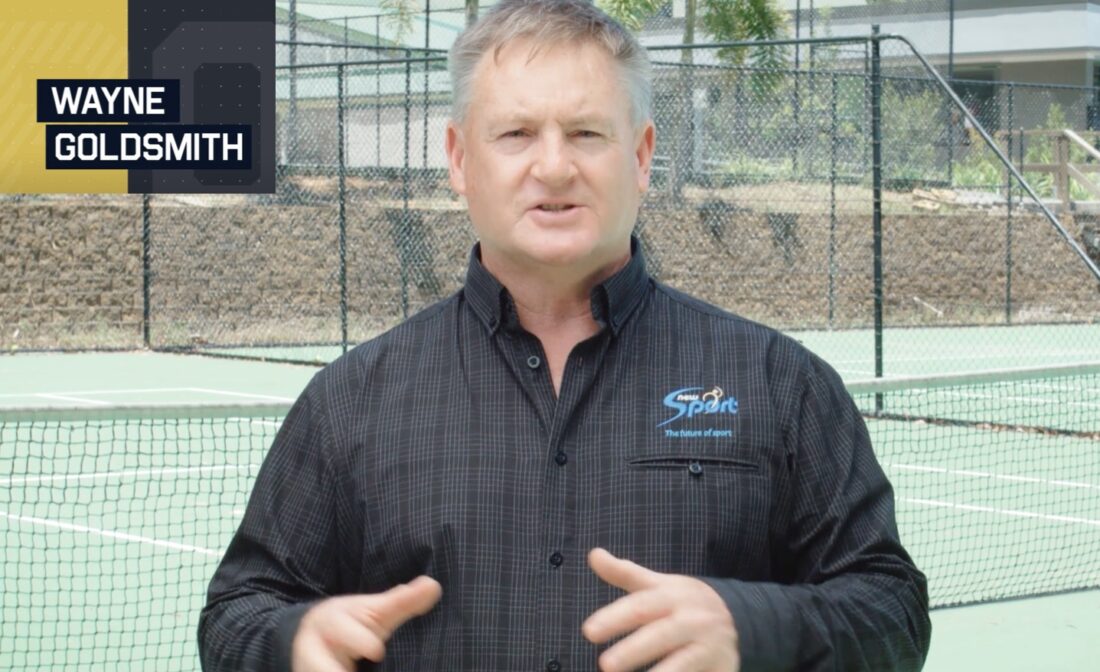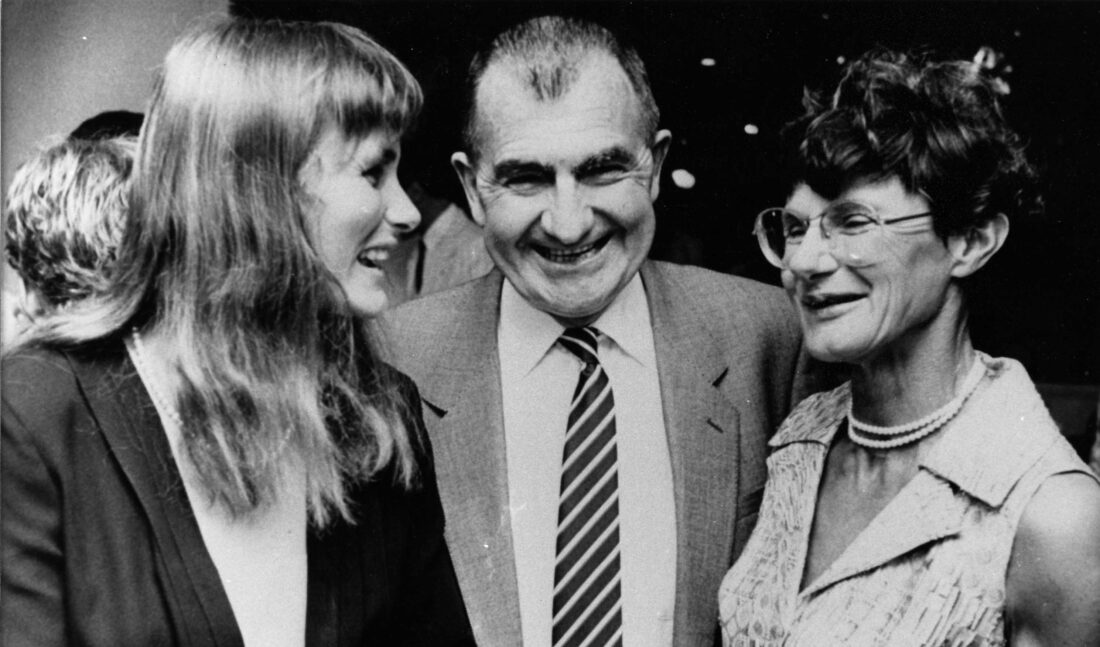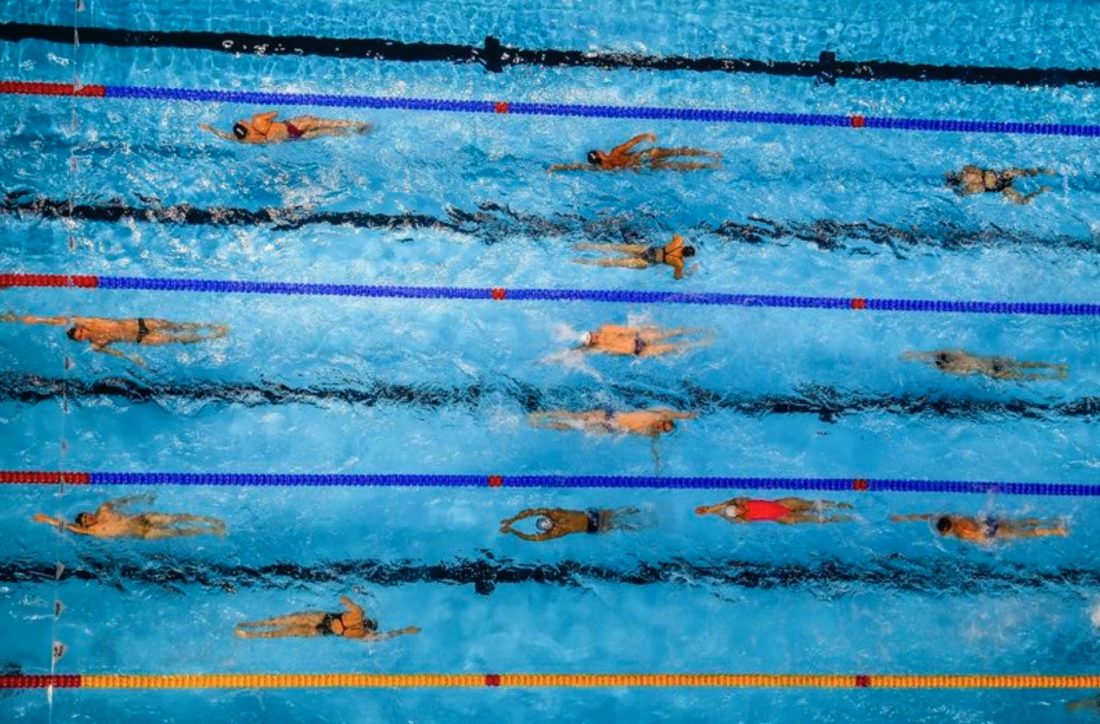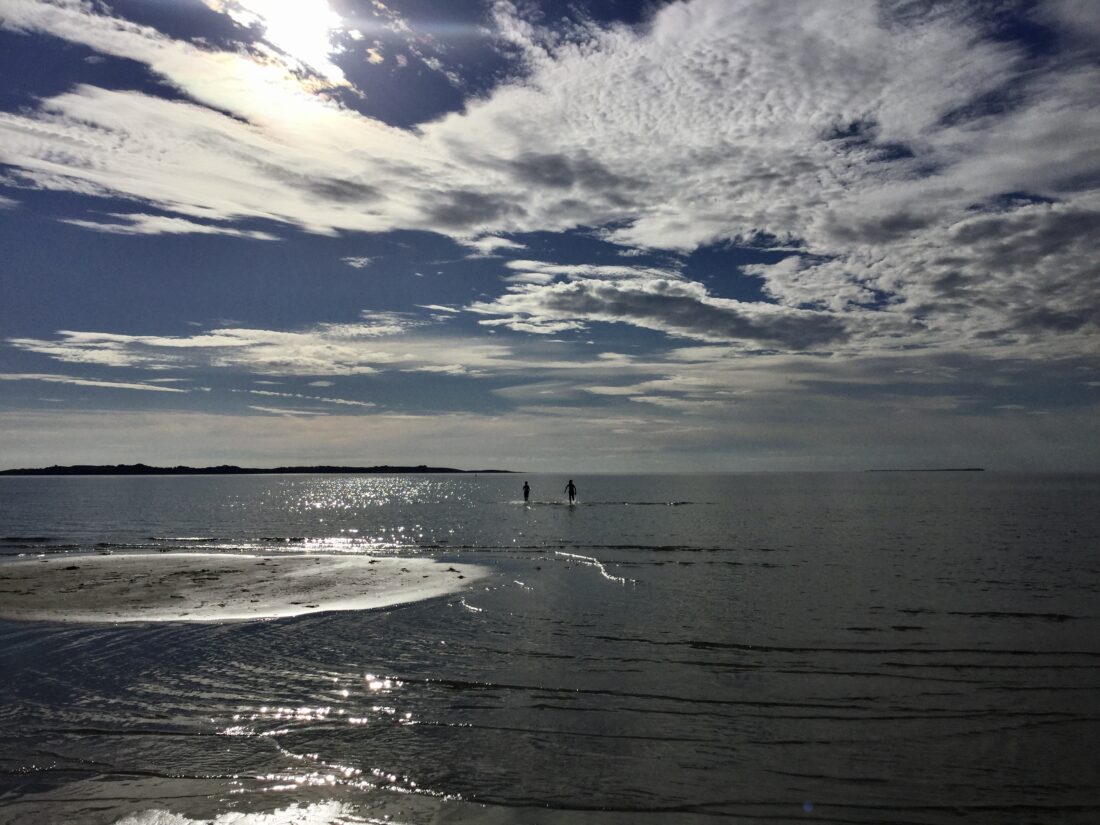StreamLines – The Case For Coaching & Making Swimming The Place To Be & Grow In

Today, we have the pleasure of announcing that Wayne Goldsmith will write an exclusive column – StreamLines – for State of Swimming, with an emphasis on coaching, mentoring and the environment in which athletes, coaches, parents and others experience sport.

Over the past 30 years, Wayne has soaked up knowledge, experience and then shared the lessons learned to influence decision-making, culture and the environment in which athletes, coaches, parents and others experience “sport”. His passion for helping swimmers, coaches and parents / carers to learn to love the sport of swimming is what he’ll be bringing you in his regular column on SOS, our name pertinent to much of his work. A respected educator, writer, mentor and coach, Wayne takes an innovative and evolving approach to connecting people with rewarding and enjoyable aquatic experiences. Please leave constructive comments here and on our social media platforms to share your take on the topics Wayne raises.
Follow Wayne on: X – Twitter / Facebook / LinkedIn / YouTube
StreamLines No 1 – The Case For Coaching
By Wayne Goldsmith
A friend in the media once told me, “Whenever you write an honest article, 50% of people will love it, 50% of people will hate it – but as long as 100% of people are talking about it – you’re doing your job”. This is one of those articles.
I was in New Zealand a few years ago and a national sports administrator asked me: “Wayne, can you prove to me that coach education works and that coach education programs improve coaches and coaching?”
I replied, “Well, we think they do. But can I prove that running coaching courses, conferences and workshops and deliverying accreditation programs makes better coaches and improves coaching. No. I can’t.”
And my own answer bothered me.
The Past – Learn from It – And Get Better
Swimming coaching methodology and training philosophy is increasingly coming under scrutiny in the media with former athletes accusing their coaches of excessive training loads and for overtraining them without justification or reason.
The question is, “did we get it wrong?”
It is dangerous to judge the actions of those who’ve gone before us using current research, sports science practices, social standards and contemporary values as the metrics.
The most popular swimming training philosophy of the 1960s, 70s, 80s and even 90s was to do more work, more often than anyone else with a focus on completing huge volumes of general and what could be described as non-specific aerobic training, due mainly to the influence of the most successful coaches and leading swimming authors of that period.

Of interest is perhaps the influence of Australian coach Forbes Carlile whose “Speed Through Endurance” philosophy impacted the coaching methods of most of the leading coaches in Australia and around the world for more than 50 years. However, having been in regular (more or less daily) personal communication with Forbes for the final decade of this life, even he – one of the brightest and most influential minds to ever grace the sport for over a half a century openly and publicly admitted “I got it wrong” and supported a broader, more holistic, more balanced approach to swimmer development.
That said, if we – as in “we coach educators” – have made one error, it was to over emphasise physical development and under emphasise mental, emotional and social wellbeing.
It is heartening to see that in the coach development programs of many of the leading swimming nations, educators are endorsing and supporting a more balanced approach to coaching methods and a more holistic attitude to helping swimmers realize their potential.
Why is it important? Why do we need to get this right?
Answer: Because coaches ARE the drivers of changes in swimming.
An important question to consider is, “Who is swimming?” – i.e. who owns, leads, drives, sustains and changes the culture, practices and standards of the sport of swimming?

Coaches.
Why?
Because, in the majority of situations around the world, it is coaches who deliver the experience of swimming to participants. Not all matters are in the control of coaches but many things that make a huge difference are.
Kids and families do not know or care who the president of their national association is. Nor can they tell you the names of the members of the Board of their State or local swimming federation.
The sum total of what they know, what they believe, what they feel about the sport of swimming are the experiences – the opportunities – the environment that their coach delivers day after day.
National bodies think they “own” and can lead and direct the future of the sport and to a degree that’s true because they’ve got the political influence and financial muscle to push, prod and poke the big noisy things like Meets and Championships and National Team selections in many different ways.
However, day to day, at pools and in programs across the world, what kids and families actually know of the sport of swimming comes through the words and actions of their coach.
Coaches are the connection point – they are the relationship between the sport and the sport’s “clients” – the sport’s “customers” – i.e. kids and families.
Falling Numbers & The Future
The hard fact is this. Around the world, the number of kids involved in competitive swimming has fallen. It was happening well before covid: all that covid did was accelerate the decline. We – as in competitive swimming – are in trouble.
Marketing minds and sports management gurus can come up with all the new ideas and innovations to increase participation they like, but those ideas and innovations are for the most part delivered to the sport’s “end-users” – the people we’re trying to connect with – kids and families – by coaches. That’s why coaches have to get this right.
The sport will grow from grass roots upwards when we get coaching right.
So – what does Coaching 2024 – 2040 “look like” if coaches are to lead the changes the sport needs?
A few hours before writing this first Streamlines for State of Swimming, I was asked to speak with a group of young swimming coaches and to lead them in a discussion of building and growing a sustainably successful swimming culture.
I shared three messages with them:
- Our priority as coaches needs to be to create an environment in our clubs – and in our programs which gives kids and families the opportunity to fall in love with this remarkable sport. Why? Because it you love what you do, you will do what you love. The only swimmer who can not improve is the one who is not coming to training so our first and most important priority is not the development of an aerobic base or a strong stable core or a killer butterfly stroke technique – it’s creating the environment where they fall in love with swimming.
- Once they’ve fallen in love with the sport, it’s all about relationships. It’s about creating and growing meaningful, respectful, authentic relationships with their coach, with their team-mates, with everyone connected with the Club and the program. It’s about creating and growing a place where they feel safe, listened to, where they belong, where they know they’ve got friends and people who care about them for who they are, regardless of how fast they swim.
- Then we can start thinking about anaerobic training and power-towers and how much volume to do and all the “coachy” stuff but if they don’t want to be there, if they don’t enjoy training and racing, if they feel they don’t belong, if they don’t feel a connection to the coach and to the sport, they won’t be around long enough to develop the mitochondria and lactate tolerance all that physiology stuff that we think is so important.

Summary and Conclusion:
- If you think that swimming coaching is all about writing workouts, yelling split times and coming up with race tactics – think again. It is coaches who deliver the experience of the sport of swimming every day around the world.
- Stop and think for a moment….why do people do ANYTHING? Because it’s fun. Because their friends do it. Because they can see benefit in it. Because they feel they belong. Because they like the people they do it with. Sounds like a pretty good swimming program philosophy to me!
- Turn things upside down. When a new swimmer and their family walk into your pool, don’t be overly concerned with chasing qualifying times, increasing training volume and getting kids into the gym. All that stuff can come later. Prioritize the humanness of our sport. Open your doors and your hearts to showing them what a wonderful, engaging, enjoyable, rewarding experience it is to swim. Give each and every swimmer and family the opportunity to fall in love with being in and around water and maybe – just maybe a few of them will be around long enough to burn up the lanes with their talent and potential.
Coaches – the future of the sport is very much in your hands.
Follow Wayne on: X – Twitter / Facebook / LinkedIn / YouTube
I totally agree with pretty well all of this. & as a volunteer coach of a Summer Club for 30 odd years, I have been fortunate to have had ongoing Club Committees, who have supported & encouraged all levels of swimmers who have come thru’ our club. I don’t claim to be interested in being a “top” level coach, but have developed a good knowledge of all strokes/turns etc, & hence helping swimmers improve how they perform them. Then, with good water time & attitudes many have achieved rather more than they expected to be able to when they started. Achievement of PB’s & then some level of qualifying times goes a long way to foster enjoyment for young swimmers. Going away to their level of competition as a team is important & encouraging. As a small aside to this, the self discipline & self esteem gained, has also helped many with their schooling & later life achievements.
Thanks Marty. It’s a great sport, a wonderful fitness and health activity and it does indeed teach important life lessons. Thank you for your comment – keep leading and supporting the sport the way you do. WG